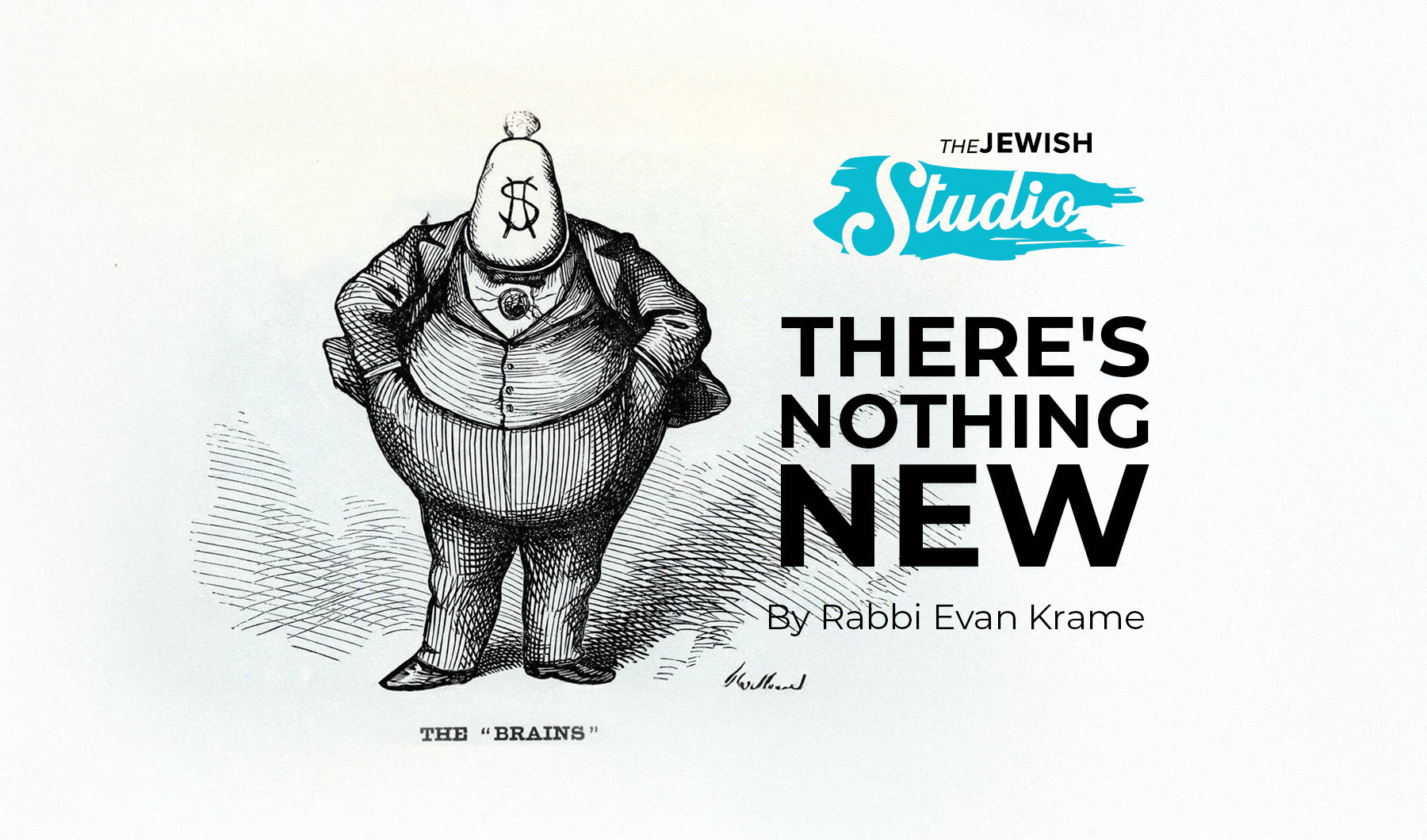Perspective is everything. How we see the world – our point of view – shapes how the world affects us and thus how we live. The opposite also is true: how we live shapes what we see. The two come together in a holy handshake, with profound implications for Jewish spirituality, what Jews believe and how we aspire to live.
Maybe we’ve seen the famous “Rubin vase” image – a “bi-stable” two-dimensional form that looks like either a vase or two faces, depending on our point of view. If what we most see is the two faces, then the vase in between seems like only empty negative space. If what we most see is the vase in between, then we might not see the faces at all.
This awareness about vision and insight shapes what I see in the famous Torah image of this week’s Paresha (Terumah). To adorn the Ark of the Covenant that the wandering israelites built in the desert, they crafted two cherubim with wings outstretched facing each other (Ex. 25:18-21). From that place, God would commune with the people “from between the two cherubim atop the Ark” (Ex. 25:22).
God – holiness, Spirit, wisdom, the Voice – was heard from the space between cherubic wings, not from the cherubim themselves. Take that in: seemingly empty space between golden angelic images, not the golden images themselves, became a core image and conduit for divinity and spirituality.
The “Rubin vase” illusion reminds us that what we see depends on our point of view: if we focus on the outside image (faces), we don’t see the inside (vase). Same with the Ark of the Covenant: if we focus on the outside (the cherubim), we won’t see the inside, the empty space between – and in Torah, it was precisely empty space, not the angels however golden and bright, that was most alive and pregnant with holiness.
Often we look for holiness and meaning in things – and things are important. People are even more important, of course. But this week’s Torah portion focuses us on internals: it asks us to let our spiritual vision soften onto the space between.
What meaning, holiness and spirit might arise amidst seemingly empty space between or within? What routine life might call the vacuum of nothingness, Jewish mystics (and our Buddhist cousins) call No-Thing (in Hebrew, ayin) – the pinnacle, fount and source of all existence, all spirit, even God. Just as we can understand Shabbat as a pause between the notes of the routine work week, we can seek ever deeper meaning, holiness and spirit from the space within and between.
It all depends on our point of view.
R’ David Evan Markus





